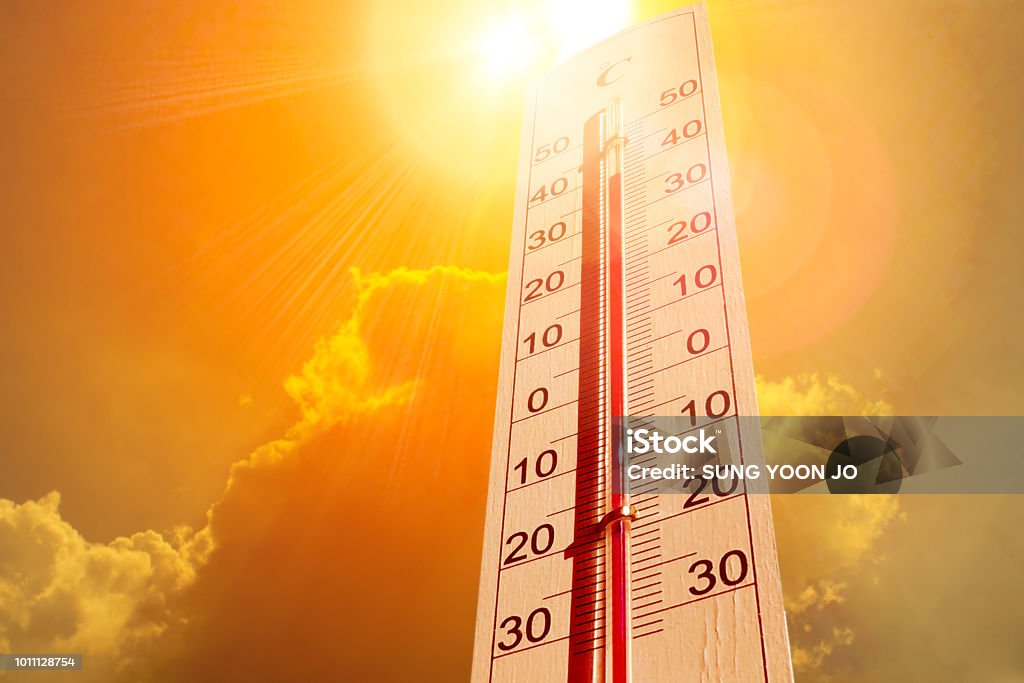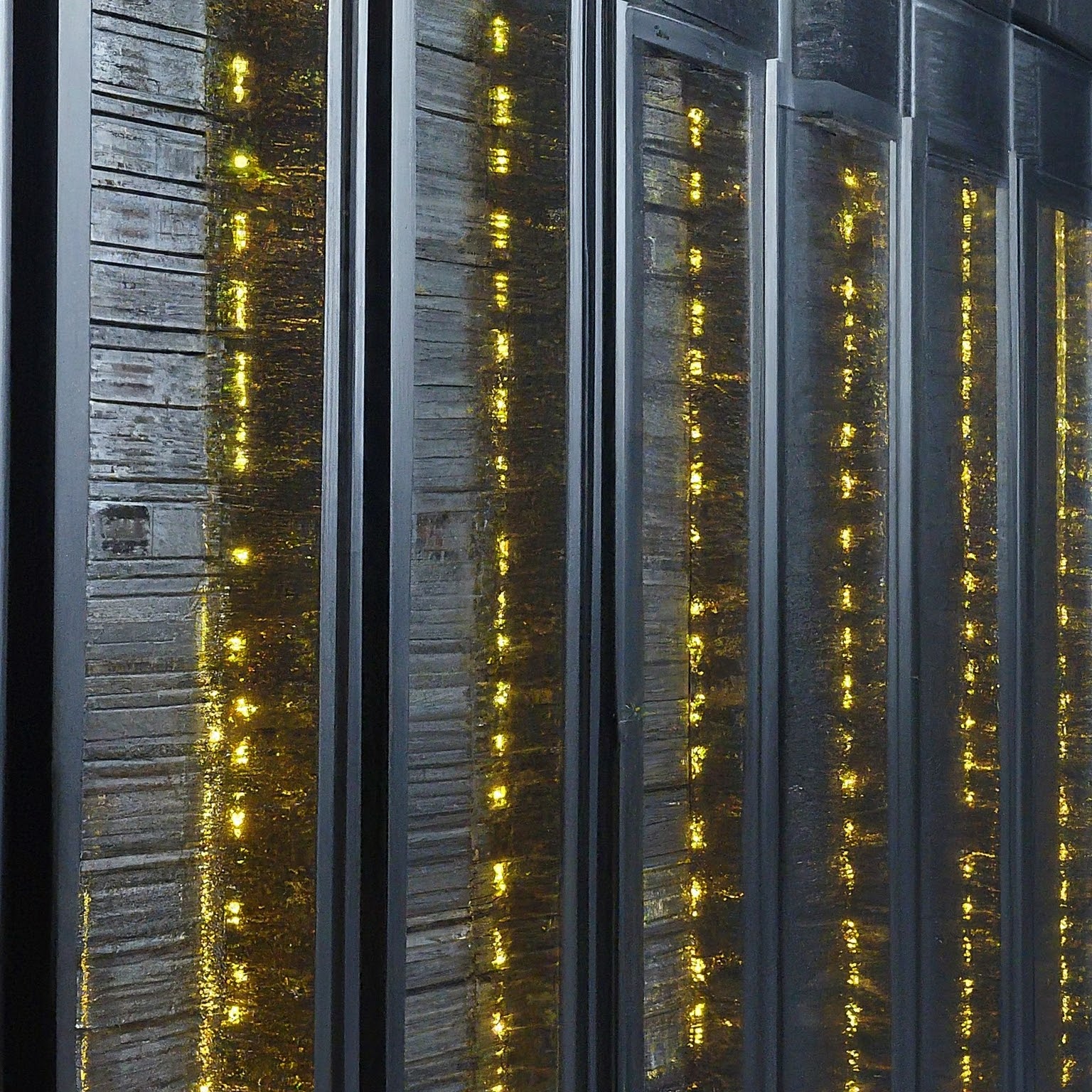The Science Behind the Heat: A Deep Dive into Our Warming World
Climate change is a complex issue, but the core science behind it is relatively straightforward. This section will delve deeper into the greenhouse effect, the role of greenhouse gases, and the mechanisms driving global warming.
The Natural Greenhouse Effect: Keeping Us Warm
Imagine Earth without a natural greenhouse effect. Our planet would be a frigid wasteland, with an average temperature of around -18°C (-0.4°F). Life as we know it wouldn’t exist. Thankfully, Earth has a natural greenhouse effect that keeps it warm enough to sustain life.
Here’s how it works:
- Solar Radiation: The sun constantly bombards Earth with electromagnetic radiation, most notably in the form of visible light and infrared radiation (heat).
- Atmospheric Absorption: Some of this solar radiation is absorbed by the atmosphere, including gases like oxygen and ozone.
- Greenhouse Gas Effect: Certain gases in the atmosphere, called greenhouse gases (GHGs), have a unique property. They allow most of the incoming solar radiation (visible light) to pass through, but trap some of the outgoing infrared radiation (heat) that is reflected back from Earth’s surface. This trapped heat warms the planet, similar to how a greenhouse keeps plants warm by trapping sunlight.
The Culprits: Understanding Greenhouse Gases
The natural greenhouse effect is essential for life on Earth. The problem arises when human activities significantly increase the concentration of greenhouse gases in the atmosphere. The main culprits include:
- Carbon Dioxide (CO2): The most abundant greenhouse gas emitted by human activities. Burning fossil fuels like coal, oil, and natural gas releases large amounts of CO2 into the atmosphere.
- Methane (CH4): Released from agriculture (livestock farming), landfills, and the decomposition of organic matter.
- Nitrous Oxide (N2O): Emitted from agricultural practices, industrial processes, and the burning of fossil fuels.
- Fluorinated Gases: Used in refrigeration, air conditioning, and industrial applications. These gases are much more potent greenhouse gases than CO2, but their overall contribution is smaller.
The Amplified Greenhouse Effect: A Recipe for Warming
As the concentration of greenhouse gases increases in the atmosphere, they trap more and more outgoing heat radiation from Earth. This is akin to adding an extra layer of glass to a greenhouse – it allows sunlight in but traps more heat, causing the temperature inside to rise. This amplified greenhouse effect is what drives global warming.
The Consequences of a Warmer World:
The additional heat trapped by increased greenhouse gases disrupts Earth’s energy balance, leading to a variety of consequences:
- Rising Global Temperatures: The average global temperature has already increased by about 1 degree Celsius since pre-industrial times, and it continues to rise.
- Changes in Weather Patterns: A warmer planet leads to more erratic weather patterns, including more intense heatwaves, droughts, floods, and storms.
- Melting Glaciers and Ice Sheets: Rising temperatures cause glaciers and ice sheets to melt, leading to rising sea levels and potential disruptions in ocean currents.
- Ocean Acidification: As oceans absorb more CO2 from the atmosphere, they become more acidic, harming marine life and disrupting food chains.
The scientific evidence for human-caused climate change is overwhelming. Numerous scientific studies and reports by international bodies like the IPCC (Intergovernmental Panel on Climate Change) leave little doubt that our actions are causing the planet to warm.
Understanding the science behind the heat is crucial for addressing the challenge of climate change. By working together and implementing solutions based on sound scientific principles, we can mitigate the worst impacts of global warming and create a more sustainable future for generations to come.
Uno Data: A Global Snapshot
According to the United Nations Office for Disaster Risk Reduction (UNO), between 1970 and 2019, over 11,000 disasters were reported, claiming 1.35 million lives and causing $2.97 trillion in economic losses. Over 90% of these disasters were weather-related, including heatwaves, floods, droughts, and storms. This data highlights the increasing frequency and intensity of extreme weather events, a hallmark of climate change.
IPCC Data: The Stark Reality
The Intergovernmental Panel on Climate Change (IPCC), the leading international body for the assessment of climate change, paints a concerning picture. Their Sixth Assessment Report released in 2021 confirms with high confidence that human influence has warmed the atmosphere by about 1 degree Celsius since the pre-industrial era.
The IPCC report further warns that unless we drastically reduce greenhouse gas emissions, global temperatures could rise by an additional 2-3 degrees Celsius by the end of the century. This seemingly small increase translates to a significant disruption in weather patterns, leading to:
- More Extreme Weather Events: Heatwaves, droughts, floods, and storms will become more common and severe. UNO data already reflects this trend, and the IPCC predicts it will only worsen.
- Sea Level Rise: Melting glaciers and thermal expansion of oceans will cause sea levels to rise, threatening coastal communities and ecosystems.
- Ocean Acidification: As oceans absorb more carbon dioxide, they become more acidic, harming marine life and disrupting food chains.
- Changes in Precipitation Patterns: Some regions will experience increased rainfall leading to floods, while others will face severe droughts.
The Impact on Our World: A Cascade of Consequences from a Warming Planet
Climate change isn’t just a rise in average global temperature; it’s a complex phenomenon with far-reaching consequences that touch every aspect of our world. This section will delve into the key areas impacted by a warming planet.
1. Food Security: Our plates are at risk.
- Disrupted Weather Patterns: Rising temperatures, changes in precipitation patterns, and extreme weather events like droughts and floods will disrupt agricultural production. This can lead to crop failures, food shortages, and price hikes.
- Reduced Arable Land: Rising sea levels and saltwater intrusion will inundate coastal farmlands, reducing the amount of arable land available for agriculture.
- Impact on Pollinators: Climate change disrupts the habitats and life cycles of pollinators like bees and butterflies, essential for fruit and vegetable production.
2. Water Scarcity: The lifeblood of our planet is under threat.
- Increased Evaporation: Rising temperatures lead to increased evaporation rates, putting a strain on freshwater resources, especially in already water-stressed regions.
- Changes in Precipitation Patterns: Some regions will experience more frequent and intense rainfall, leading to floods, while others will face severe droughts, depleting freshwater reserves.
- Glacier Melt: Melting glaciers, which act as natural water towers, will reduce the availability of freshwater in the long term.
3. Human Health: Our well-being is directly linked to a healthy planet.
- Heatwaves: More frequent and intense heatwaves will cause heatstroke, dehydration, and exacerbate pre-existing health conditions, especially among vulnerable populations like the elderly and children.
- Air Pollution: Climate change can worsen air quality, leading to respiratory illnesses and cardiovascular problems.
- Spread of Diseases: Changing weather patterns can create ideal conditions for the spread of waterborne diseases and diseases carried by insects.
- Mental Health Impacts: Disasters, displacement, and the anxiety associated with climate change can take a toll on mental health.
4. Ecosystems and Biodiversity: The intricate web of life is unraveling.
- Habitat Loss: Rising temperatures, changing precipitation patterns, and extreme weather events will disrupt ecosystems, leading to habitat loss and species extinction.
- Ocean Acidification: As oceans absorb more CO2, they become more acidic, harming marine life like coral reefs and shellfish, which are crucial for healthy marine ecosystems.
- Disruptions in Food Chains: Changes in the environment will disrupt food chains, impacting entire ecosystems and the services they provide, such as pollination and natural pest control.
5. Migration and Displacement: Climate change is a powerful driver of human displacement.
- Sea Level Rise: Rising sea levels will inundate coastal communities, forcing people from their homes and leading to mass migration.
- Extreme Weather Events: Floods, droughts, and storms will displace people from their homes, putting a strain on resources and creating social unrest.
- Resource Scarcity: Food and water shortages due to climate change will force people to migrate in search of better living conditions.
A Domino Effect:
These impacts are interconnected. Food insecurity can lead to malnutrition and health problems. Water scarcity can exacerbate the effects of droughts and heatwaves. Ecosystem disruptions can reduce food security and livelihoods. Climate change creates a domino effect, with one impact triggering another, creating a complex web of challenges.


